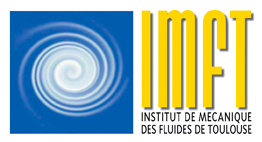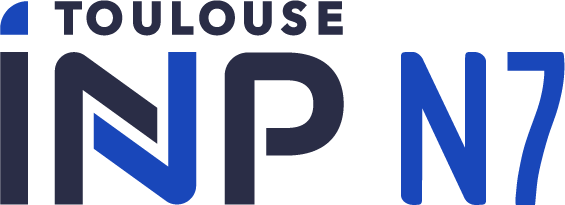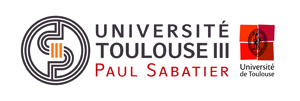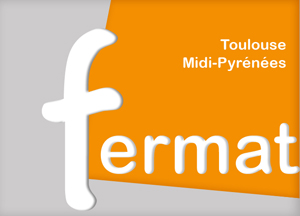Manipulation of dynamical properties of turbulent near wakes for drag reduction
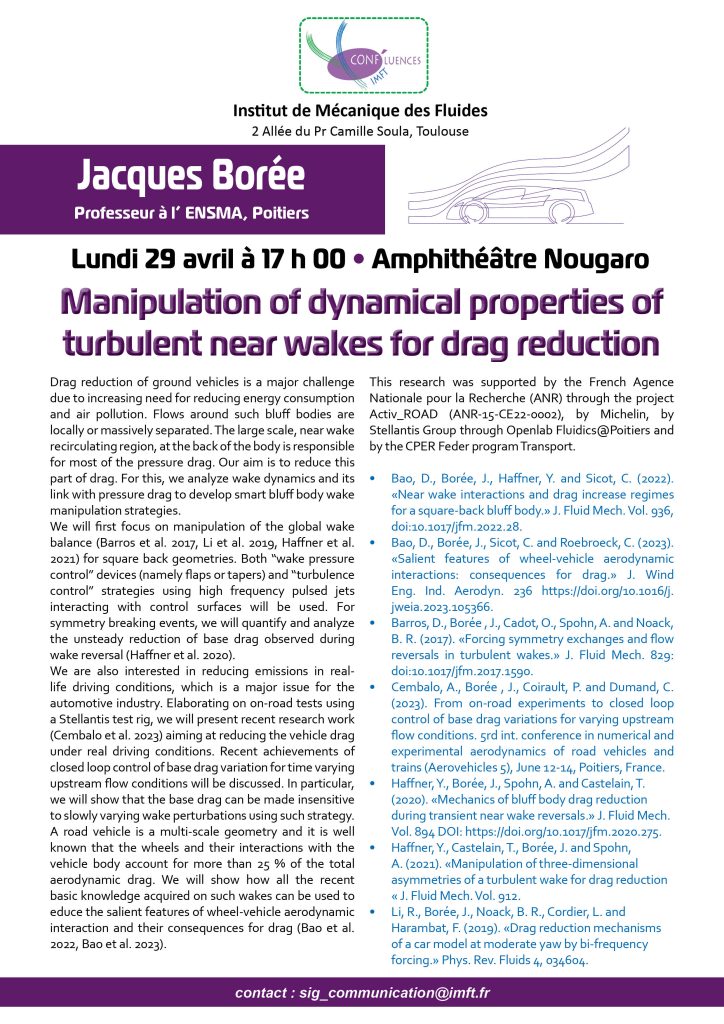
Conf’luence Jacques Borée
Professeur à l’ ENSMA, Poitiers
Lundi 29 avril à 17 h 00 • Amphithéâtre Nougaro
Drag reduction of ground vehicles is a major challenge due to increasing need for reducing energy consumption and air pollution. Flows around such bluff bodies are locally or massively separated. The large scale, near wake recirculating region, at the back of the body is responsible for most of the pressure drag. Our aim is to reduce this part of drag. For this, we analyze wake dynamics and its link with pressure drag to develop smart bluff body wake manipulation strategies.
We will first focus on manipulation of the global wake balance (Barros et al. 2017, Li et al. 2019, Haffner et al. 2021) for square back geometries. Both “wake pressure control” devices (namely flaps or tapers) and “turbulence control” strategies using high frequency pulsed jets interacting with control surfaces will be used. For symmetry breaking events, we will quantify and analyze the unsteady reduction of base drag observed during wake reversal (Haffner et al. 2020).
We are also interested in reducing emissions in real-life driving conditions, which is a major issue for the automotive industry. Elaborating on on-road tests using a Stellantis test rig, we will present recent research work (Cembalo et al. 2023) aiming at reducing the vehicle drag under real driving conditions. Recent achievements of closed loop control of base drag variation for time varying upstream flow conditions will be discussed. In particular, we will show that the base drag can be made insensitive to slowly varying wake perturbations using such strategy.
A road vehicle is a multi-scale geometry and it is well known that the wheels and their interactions with the vehicle body account for more than 25 % of the total aerodynamic drag. We will show how all the recent basic knowledge acquired on such wakes can be used to educe the salient features of wheel-vehicle aerodynamic interaction and their consequences for drag (Bao et al. 2022, Bao et al. 2023).
This research was supported by the French Agence Nationale pour la Recherche (ANR) through the project Activ_ROAD (ANR-15-CE22-0002), by Michelin, by Stellantis Group through Openlab Fluidics@Poitiers and by the CPER Feder program Transport.
Bao, D., Borée, J., Haffner, Y. and Sicot, C. (2022). «Near wake interactions and drag increase regimes for a square-back bluff body.» J. Fluid Mech. Vol. 936, doi:10.1017/jfm.2022.28.
Bao, D., Borée, J., Sicot, C. and Roebroeck, C. (2023). «Salient features of wheel-vehicle aerodynamic interactions: consequences for drag.» J. Wind Eng. Ind. Aerodyn. 236 https://doi.org/10.1016/j.jweia.2023.105366.
Barros, D., Borée , J., Cadot, O., Spohn, A. and Noack, B. R. (2017). «Forcing symmetry exchanges and flow reversals in turbulent wakes.» J. Fluid Mech. 829: doi:10.1017/jfm.2017.1590.
Cembalo, A., Borée , J., Coirault, P. and Dumand, C. (2023). From on-road experiments to closed loop control of base drag variations for varying upstream flow conditions. 5rd int. conference in numerical and experimental aerodynamics of road vehicles and trains (Aerovehicles 5), June 12-14, Poitiers, France.
Haffner, Y., Borée, J., Spohn, A. and Castelain, T. (2020). «Mechanics of bluff body drag reduction during transient near wake reversals.» J. Fluid Mech. Vol. 894 DOI: https://doi.org/10.1017/jfm.2020.275.
Haffner, Y., Castelain, T., Borée, J. and Spohn, A. (2021). «Manipulation of three-dimensional asymmetries of a turbulent wake for drag reduction « J. Fluid Mech. Vol. 912.
Li, R., Borée, J., Noack, B. R., Cordier, L. and Harambat, F. (2019). «Drag reduction mechanisms of a car model at moderate yaw by bi-frequency forcing.» Phys. Rev. Fluids 4, 034604.
